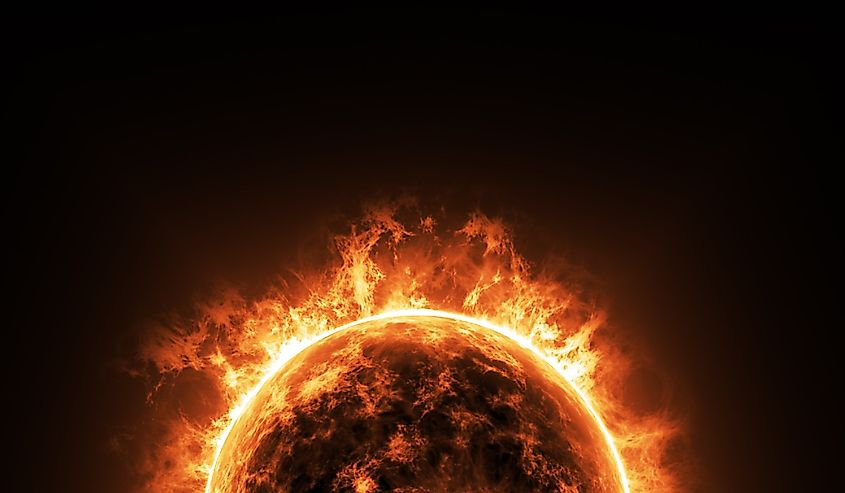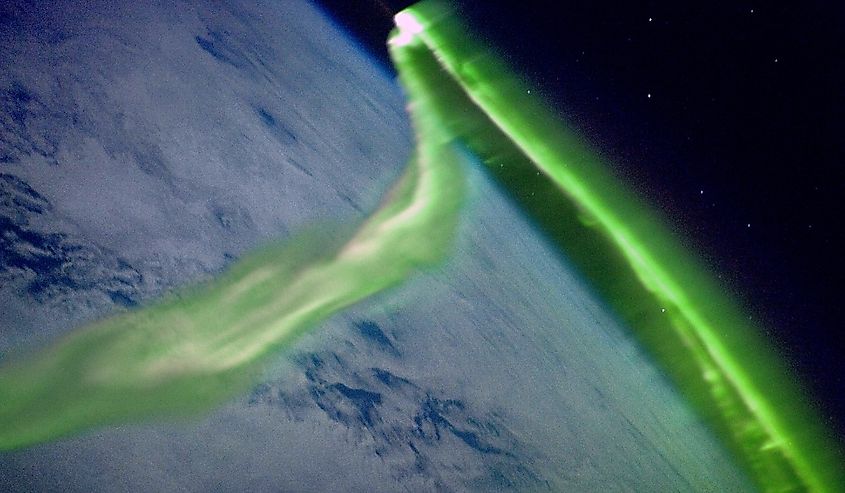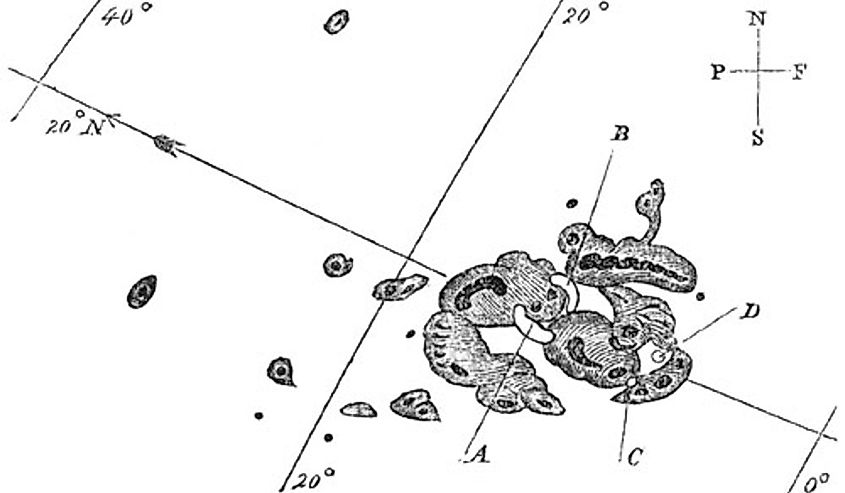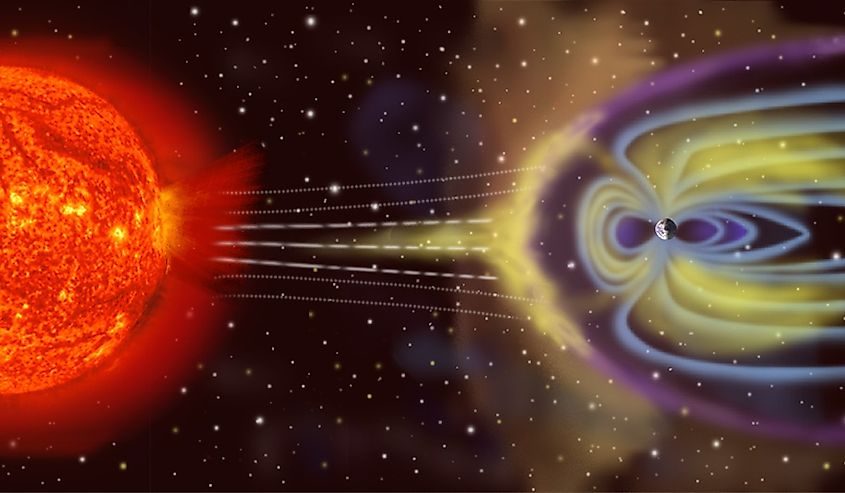
The Biggest Solar Flares To Have Ever Hit Earth
From our perspective on Earth, the sun seems fairly calm. Other than providing us with heat, not much seems to happen with the sun. However, appearances can be deceiving. The sun is quite active, spewing massive bands of magnetic energy called solar flares. Solar flares are produced as potential magnetic energy builds and then releases, ejecting vast amounts of material into space. Solar flares can come in a range of sizes, with some being many hundreds of times larger than the Earth. While most solar flares are harmless, on occasion, they can strike our world, causing widespread disruption to electrical systems on Earth. What are some of the largest solar flares to ever hit Earth?
The Carrington Event

The largest solar flare to ever hit Earth occurred on September 1, 1859, known as the Carrington Event. On that day, the sun experienced a coronal mass ejection, which resulted in a gigantic solar storm that sent flares flying toward the Earth. It took a mere 17.5 hours for the solar flare to reach Earth, traversing 93 million miles (150 million kilometers).

When the solar flare collided with our planet, it produced a geomagnetic storm, unlike anything that has happened since. People across the world reported seeing aurora (northern lights), even in regions along the equator where aurora displays are rare. While the world was not as reliant on electricity as it is today, the magnetic storm caused telegraph machines around the world to break down and, in some cases, even explode. The magnetic storm was so powerful, that some telegraphs could even be operated with their power source turned off, as the energy produced by the solar flare was large enough to carry signals.

As of yet, the Carrington Event is the largest known solar flare to ever impact the Earth. The event occurred prior to the widespread use of electrical systems, so the world and its economy did not sustain much damage. If something like the Carrington Event were to occur today, it would likely cause global blackouts, disrupting anything connected to an electrical grid.
Other Solar Flares

While the Carrington Event was the largest solar flare in recorded history, there have been other large flares since that time that have impacted the Earth. The second largest solar flare occurred in May 1921. Like the Carrington Event, the solar flare of 1921 was caused by a coronal mass ejection that sent solar flares flying toward Earth. Upon impact, the Earth experienced a powerful magnetic storm that produced aurora around the globe. Anything connected to an electrical grid was disrupted, with some areas even experiencing fires as a result. Since this event occurred before the world was so reliant on electricity, its effects were primarily concentrated in areas that used more electricity. Notably, the effects were felt the most in New York City, which had an extensive system of telegraphs at the time.
Another large solar flare occurred on March 10, 1989, and became one of the largest solar flares to ever impact the Earth. Like the other two discussed events, this solar flare was produced by a coronal mass ejection. While this particular event was nowhere near as massive as the Carrington Event or the 1921 solar flare, it was still large enough to cause widespread blackouts and disruption to energy grids. Notably, the province of Quebec experienced massive power outages. In addition to power outages, there were brilliant displays of aurora seen as far south as Florida and Texas. While this particular solar flare was not as strong as earlier flares, the disruption it caused resulted in governments regulating energy grids so as to ensure protection against future magnetic storms caused by the sun.











